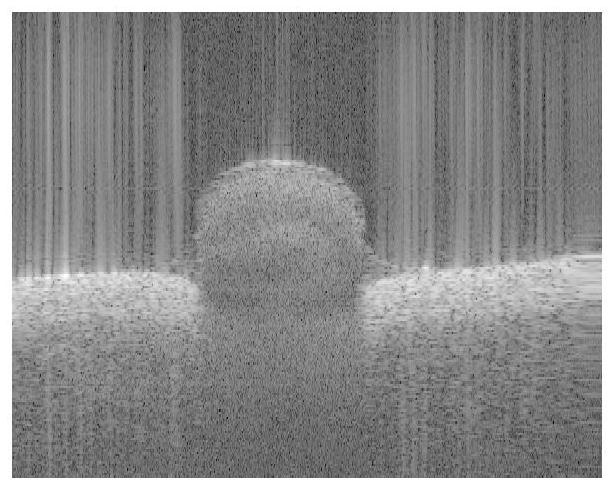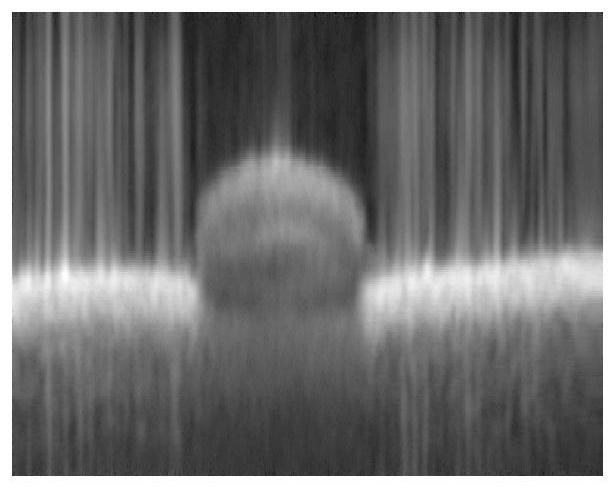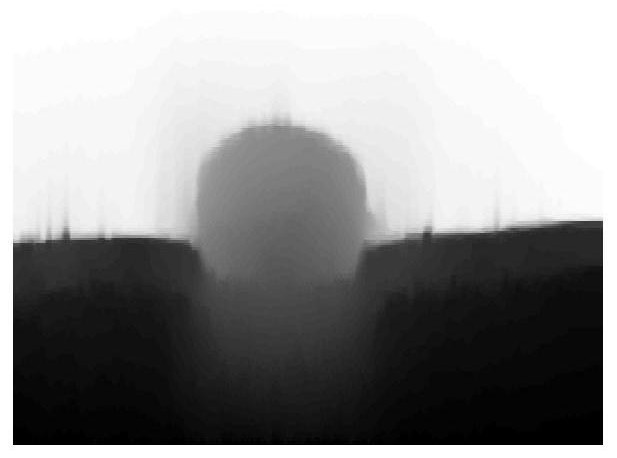A Blood Vessel Segmentation Method Based on Optical Coherence Tomography System
An optical coherence tomography and imaging system technology, which is applied in the field of blood vessel segmentation based on the optical coherence tomography system, can solve problems such as signal attenuation, difficulty in extracting blood vessel boundaries, and unclear boundaries at the lower end of blood vessels, and achieve high accuracy. Effect
- Summary
- Abstract
- Description
- Claims
- Application Information
AI Technical Summary
Problems solved by technology
Method used
Image
Examples
Embodiment Construction
[0036] The present invention will be described in detail below with reference to the accompanying drawings and examples.
[0037] The present invention provides a blood vessel segmentation method based on an optical coherence tomography system; the main idea of the present invention is:
[0038] In the present invention, the intensity image and the phase image are respectively segmented. For the intensity image: considering the influence of noise in the system on the segmentation, the present invention first uses the noise method of the cosine transform dictionary to perform simple noise reduction processing on the intensity image; then, On the basis of the image after noise reduction, the method of random walk is used to estimate the image after noise reduction, and a confidence map that can reflect the distribution of vascular tissue is obtained. The interference of noise can be avoided, so the obtained confidence map is used as the segmentation object for segmentation pro...
PUM
 Login to View More
Login to View More Abstract
Description
Claims
Application Information
 Login to View More
Login to View More - R&D
- Intellectual Property
- Life Sciences
- Materials
- Tech Scout
- Unparalleled Data Quality
- Higher Quality Content
- 60% Fewer Hallucinations
Browse by: Latest US Patents, China's latest patents, Technical Efficacy Thesaurus, Application Domain, Technology Topic, Popular Technical Reports.
© 2025 PatSnap. All rights reserved.Legal|Privacy policy|Modern Slavery Act Transparency Statement|Sitemap|About US| Contact US: help@patsnap.com



